
How to Choose the Right Hydraulic Cylinder for Excavator Efficiency and Performance
Choosing the right hydraulic cylinder for excavator efficiency and performance is crucial in enhancing overall operational effectiveness in construction and mining industries. According to a recent industry report by Grand View Research, the global hydraulic cylinder market is projected to reach $15.9 billion by 2027, reflecting a compound annual growth rate (CAGR) of 5.3%. This growth underscores the importance of selecting high-quality hydraulic components, as they significantly influence excavator performance and productivity.

The hydraulic cylinder for excavator is not merely a component; it serves as the driving force behind the machine's ability to perform heavy lifting, digging, and material handling tasks. Proper selection can lead to improved efficiency, reduced downtime, and optimized fuel consumption, which, in turn, translates to cost savings and increased profitability for operators. Recognizing the critical features and specifications relevant to hydraulic cylinders can empower stakeholders to make informed decisions that align with operational demands and industry standards.
Factors Influencing Hydraulic Cylinder Selection for Excavators' Performance Optimization
When selecting a hydraulic cylinder for excavators, several critical factors must be considered to ensure optimal performance and efficiency. One primary influence is the working pressure of the system. According to a report by the Hydraulic Institute, hydraulic systems operating above 3000 PSI can significantly increase lifting capabilities but also require precisely engineered cylinders to withstand the stress and ensure longevity. Selecting a cylinder rated for the appropriate pressure not only improves the excavator's performance but also reduces maintenance costs associated with potential failures.
Another important factor is the cylinder's bore and stroke length, which directly impacts the hydraulic power and speed of the excavator's operation. Research conducted by the American Society of Mechanical Engineers indicates that an optimal bore diameter can enhance the lifting speed by up to 40% while ensuring stability. Additionally, the stroke length must be calibrated for the specific tasks the excavator is expected to perform, whether it's digging or lifting, to maximize efficiency. Hence, understanding the operational demands and choosing a hydraulic cylinder with suitable specifications is vital for enhancing excavator performance.
How to Choose the Right Hydraulic Cylinder for Excavator Efficiency and Performance
| Factor | Description | Impact on Performance |
|---|---|---|
| Bore Size | The internal diameter of the cylinder, influencing lifting capability. | Larger bore size increases lifting capacity, affecting overall efficiency. |
| Stroke Length | The distance the cylinder can extend, crucial for operational reach. | Longer stroke allows for greater flexibility and range of motion. |
| Pressure Rating | Maximum pressure the cylinder can handle without risk of failure. | Higher pressure improves efficiency of force transmission. |
| Material | The construction material of the cylinder, affecting durability. | Better materials enhance longevity and reliability in harsh conditions. |
| Mounting Style | The way the cylinder is connected to the excavator, influencing stability. | Proper mounting enhances operational efficiency and control. |
Impact of Cylinder Size and Stroke Length on Excavator Efficiency and Maneuverability
When selecting a hydraulic cylinder for an excavator, the cylinder size and stroke length play a crucial role in determining overall efficiency and maneuverability. A study from the International Journal of Heavy Equipment and Structures highlights that the right cylinder diameter can significantly affect torque and power output. For instance, cylinders with a diameter of 4 to 6 inches are typically optimal for standard excavator functions, providing a balance between strength and agility.
Moreover, stroke length directly impacts the digging depth and reach of the excavator. According to recent reports by the Construction Equipment Association, an increase in stroke length by just 10% can enhance the working range by approximately 15%, giving operators greater flexibility in challenging terrains. Additionally, shorter stroke lengths can improve cycle times and reduce hydraulic stress, enhancing the machine's overall performance. Therefore, careful consideration of these factors when selecting hydraulic cylinders can lead to substantial gains in excavator efficiency and performance in various applications.
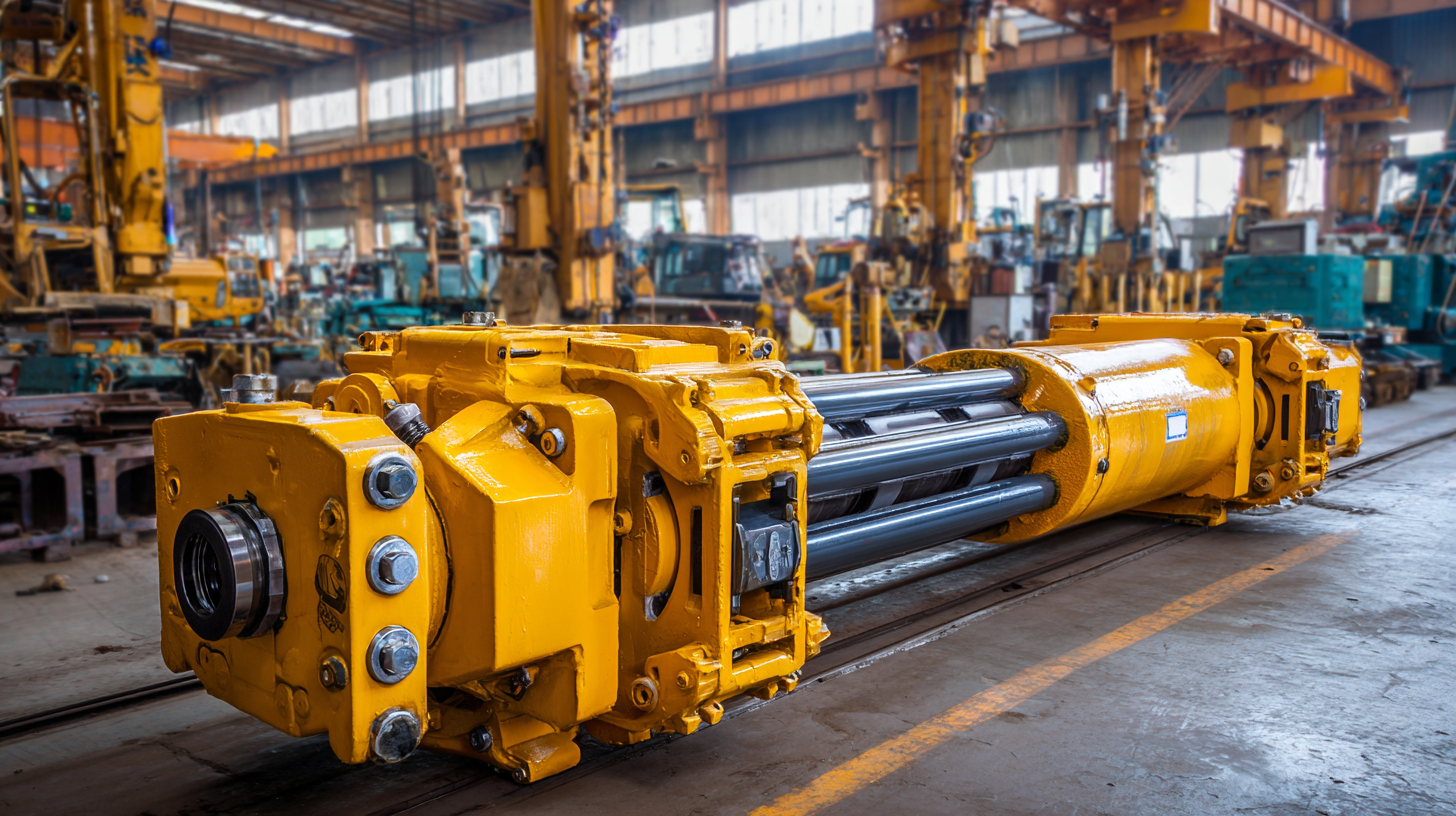
Understanding Load Ratings and Duty Cycles in Hydraulic Cylinder Applications for Excavators
When selecting the right hydraulic cylinder for excavators, understanding load ratings and duty cycles is crucial for optimizing efficiency and performance. Load ratings refer to the maximum force a hydraulic cylinder can safely generate, and this depends heavily on the specific requirements of the excavator's applications, such as digging, lifting, or breaking ground. Duty cycles indicate how long a hydraulic cylinder can operate at a given load without overheating or failing. Excavators often operate under varied conditions, making it essential to choose cylinders that align with operational demands to ensure longevity and reliability.
Recent advancements in hydraulic systems, such as load-sensing technology and electronically tunable operating modes, emphasize the importance of selecting the right hydraulic cylinder. These innovations contribute to energy efficiency and enhance performance under heavy loads. Effective load management reduces strain on the hydraulic system, thus prolonging service life and improving overall productivity in sectors like mining and construction. As these industries continue to evolve, adapting to new technologies remains key to achieving optimal results in hydraulic cylinder applications.

Material Selection and Coatings for Enhanced Durability in Excavator Hydraulic Cylinders
When selecting hydraulic cylinders for excavators, the choice of materials and coatings is crucial for ensuring enhanced durability and performance. Hydraulic cylinders are subjected to extreme conditions, including high pressures, abrasive materials, and harsh environmental factors. For this reason, manufacturers often opt for high-strength steel or alloys, which provide the necessary toughness and resilience. Additionally, the use of advanced manufacturing techniques can significantly improve the reliability of these components, reducing the likelihood of failure under strenuous conditions.
Coatings also play a vital role in extending the lifespan of hydraulic cylinders. The application of specialized coatings, such as hard chrome plating or ceramic coatings, can create a protective barrier that resists corrosion and wear. These coatings not only enhance the cylinder's ability to withstand harsh conditions but also improve its overall operational efficiency by reducing friction. It is essential for operators and maintenance professionals to consider both the material properties and the coating technologies when choosing hydraulic cylinders, as these factors directly impact the excavator's performance and longevity.
The Role of Seal Design in Reducing Leakage and Improving Hydraulic System Efficiency
When selecting hydraulic cylinders for excavators, understanding the importance of seal design is crucial in enhancing overall efficiency and performance. Seal integrity directly impacts hydraulic system functionality, as a well-designed seal minimizes leakage and maintains optimal pressure. This ensures that the hydraulic fluid is effectively contained within the system, leading to improved responsiveness and power transfer during operation.
**Tips:** When choosing a hydraulic cylinder, consider using seal materials that withstand high pressure and temperature variations. Look for seals with enhanced features, such as double-lip designs or integrated wear rings, to provide better protection against contamination and wear over time.
Moreover, regular maintenance and timely replacement of worn seals can greatly extend the life of your hydraulic system and prevent costly downtime. Implementing a routine inspection schedule can help in identifying potential leaks before they escalate, ensuring your excavator operates at peak efficiency.
**Tips:** Incorporate a monitoring system to detect pressure fluctuations within the hydraulic system, as this can indicate seal failure or degradation early on, allowing for proactive maintenance measures to be taken.
Related Posts
-
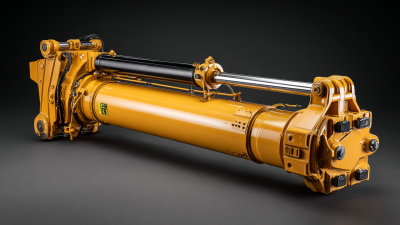
5 Reasons Why Our Best Excavator Hydraulic Cylinder Outperforms Competitors
-

7 Solid Reasons to Choose Hydraulic Oil Cylinders for Your Industrial Needs
-
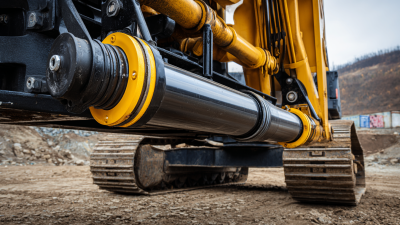
Understanding the Functionality of Excavator Hydraulic Cylinders
-
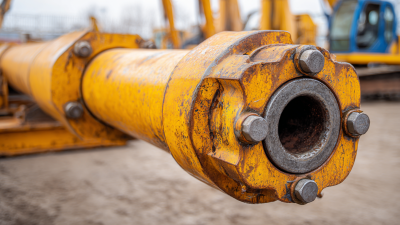
Ultimate Guide to Choosing the Right Hydraulic Cylinder for Excavators with Key Specs and Tips
-
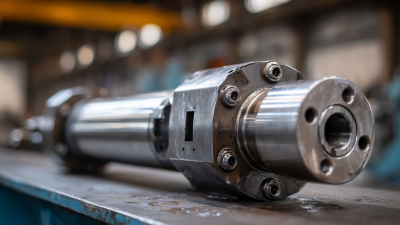
Ultimate Guide to Choosing the Best Hydraulic Oil Cylinder for Your Needs
-

Ultimate Checklist for Choosing the Right Hydraulic Cylinder for Your Forklift
